It plays a crucial role in informing new car buyers. It can tarnish a new nameplate or cause an uptick in sales. It has also been embroiled in controversy and publicly criticised by automotive bodies and has seen manufacturers skip crash tests due to its high costs.
Yet what does the future hold for the Australasian New Car Assessment Program (ANCAP)? It’s a question many are asking because, right now, it feels as though the partially tax-payer funded, not-for-profit organisation is at a crossroads.
Constantly evolving safety technology is moving the regulatory goal posts, ANCAP’s critics are growing louder than ever, and the organisation has a brand-new CEO in Carla Hoorweg who is determined to provide clarity in the complex world of vehicle safety.
To better understand ANCAP’s relevance, its challenges, and how it can better serve the consumer, this Wheels investigation spoke to all of the vital players: key bodies, the manufacturers, ANCAP itself, and of course, you, our readers via an online survey. So if safety is important to you – and given our survey’s results, we know it is – read on.
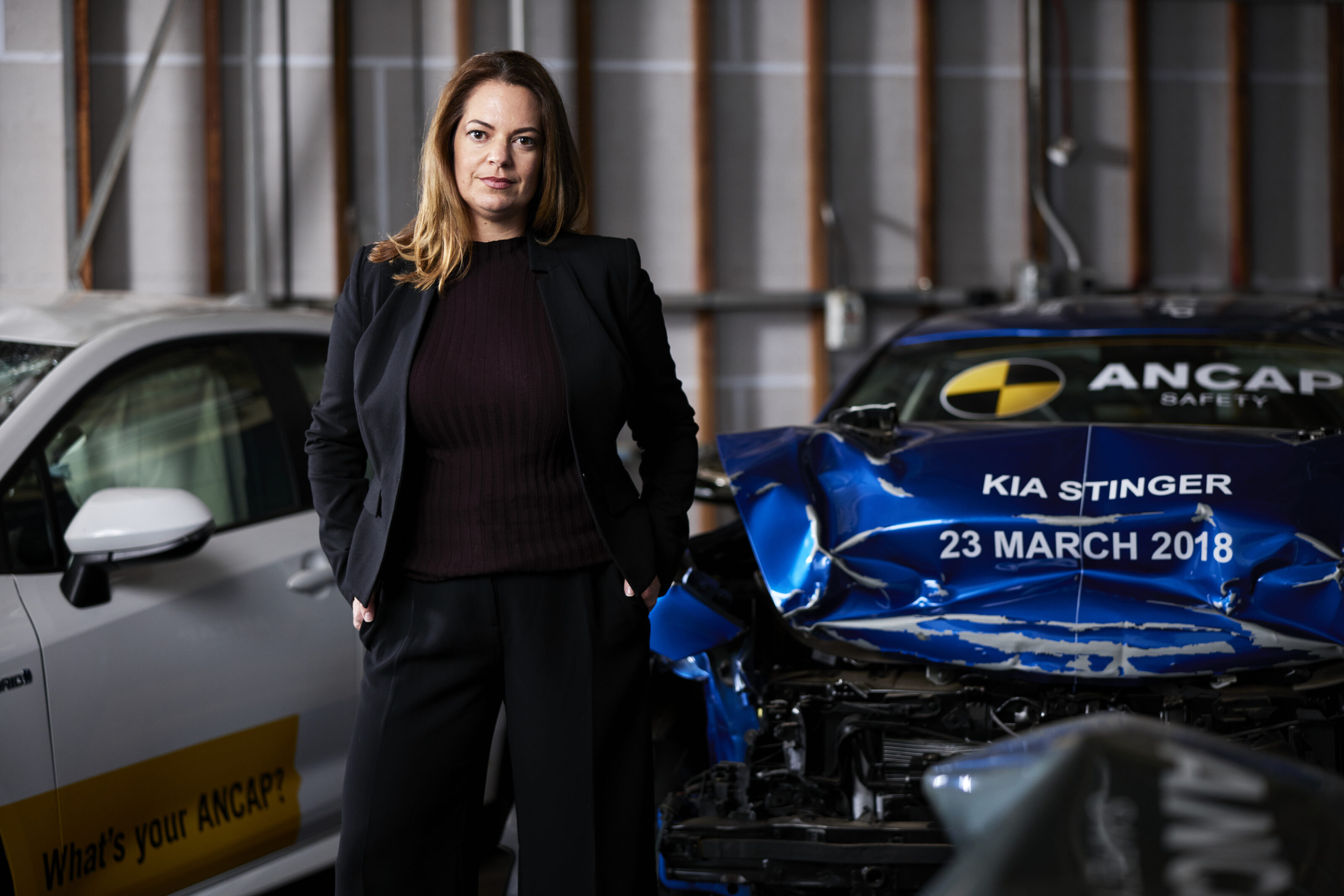
ANCAP: Do we even need it?
ANCAP’s raison d’etre was apparent in its first crash tests back in 1993, which included locally made models such as Holden’s best-selling VP Commodore alongside imports from Mazda, Subaru and Volvo. The results found Australia was lagging badly behind, placing us at the same safety standards as US models had been 13 years earlier.
“The ultimate goal of the program is to make safety as important to car buyers as engine size, styling and comfort,” reads the April 1993 report.
Now, though, there are no locally made cars to test. And if we buy all of our cars from other markets, and they’re tested there, why bother testing here?
The answer, according to Hoorweg, surrounds local specification. Since 1999, ANCAP has taken data sets from Euro NCAP in cases where specification matches what’s sold here.
“It’s about which vehicles are sold here regardless of where they’re manufactured,” Hoorweg explains. The use of Euro NCAP ratings covered 35 percent of vehicles sold in Australia in 2020, with 57 percent of all models sold covered by local ANCAP testing (aiming for 100 percent market coverage is a law of diminishing returns, Hoorweg tells Wheels).
Differences in specification as well as models not available in Europe – from China, Thailand etc, and therefore not tested to the same protocols, if at all – demand ANCAP’s attention.
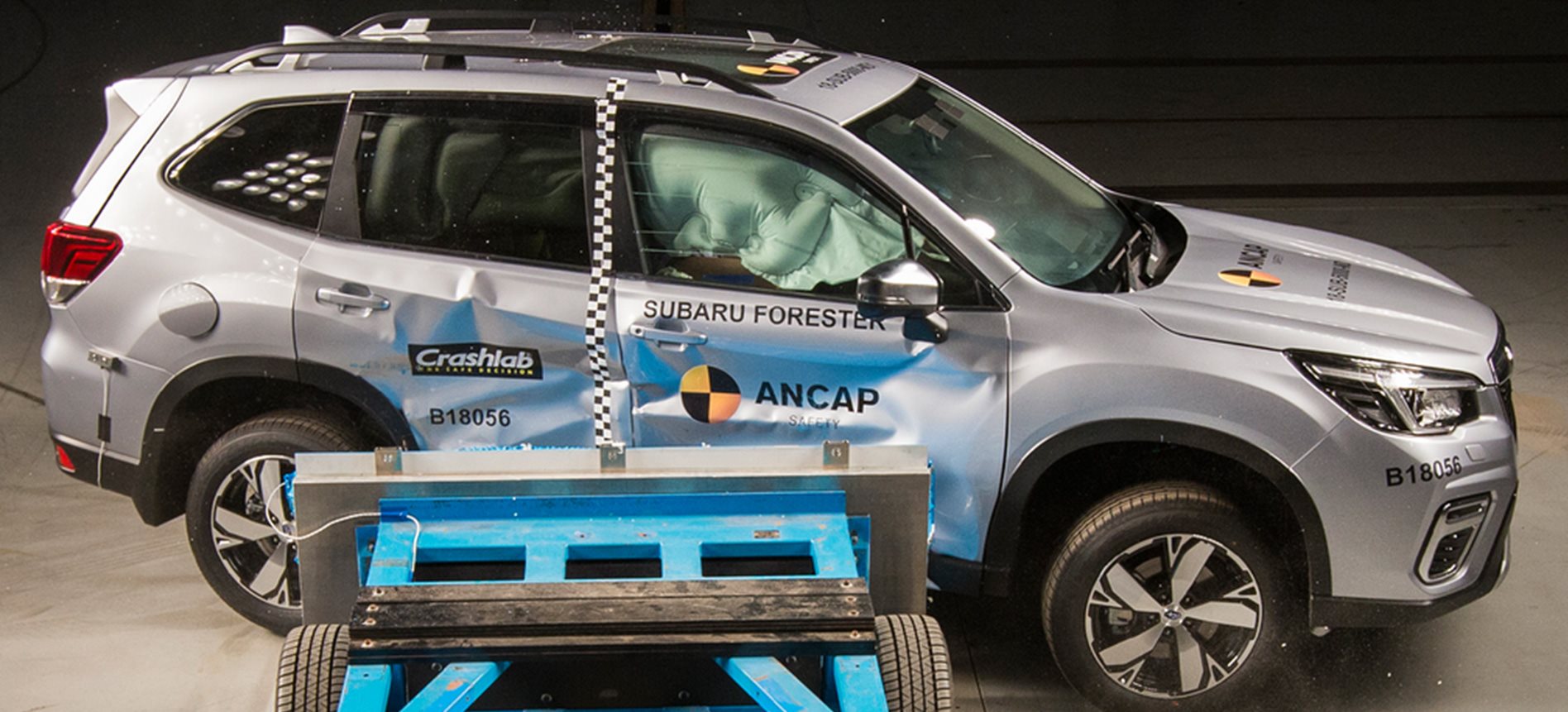
“Around Euro NCAP, yes, we take their results. We don’t do any rehash of any of the tests, there’s no retesting, which is to address one of the criticisms made – that we [needlessly] retest cars – we don’t,” Hoorweg says.
“What we check is whether the vehicle being delivered into the Australasian market is actually consistent with the vehicle that was crash-tested, as what we often see with manufacturers who are distributing across multiple markets is they’re not delivering the same product.
“ANCAP’s primary objective is to influence automotive safety and deliver better outcomes for Australian and New Zealand consumers,” Hoorweg explains. “We are there to essentially set a level for manufacturers to meet.”
ANCAP’s important work isn’t in dispute, even from some of its biggest critics, as you’ll read further on.
“ANCAP has a role to play in actually enhancing the lives of Australians through road safety. That’s an incredibly important part of raising living standards,” says Tony Weber, Chief Executive of the Federal Chamber of Automotive Industries (FCAI).
“You take a person who is not involved in a car accident, they don’t take a hospital bed from a sick person. We don’t get people who are [otherwise] being killed, or who are seriously injured. The productivity of the economy, the social benefit from that is enormous.”
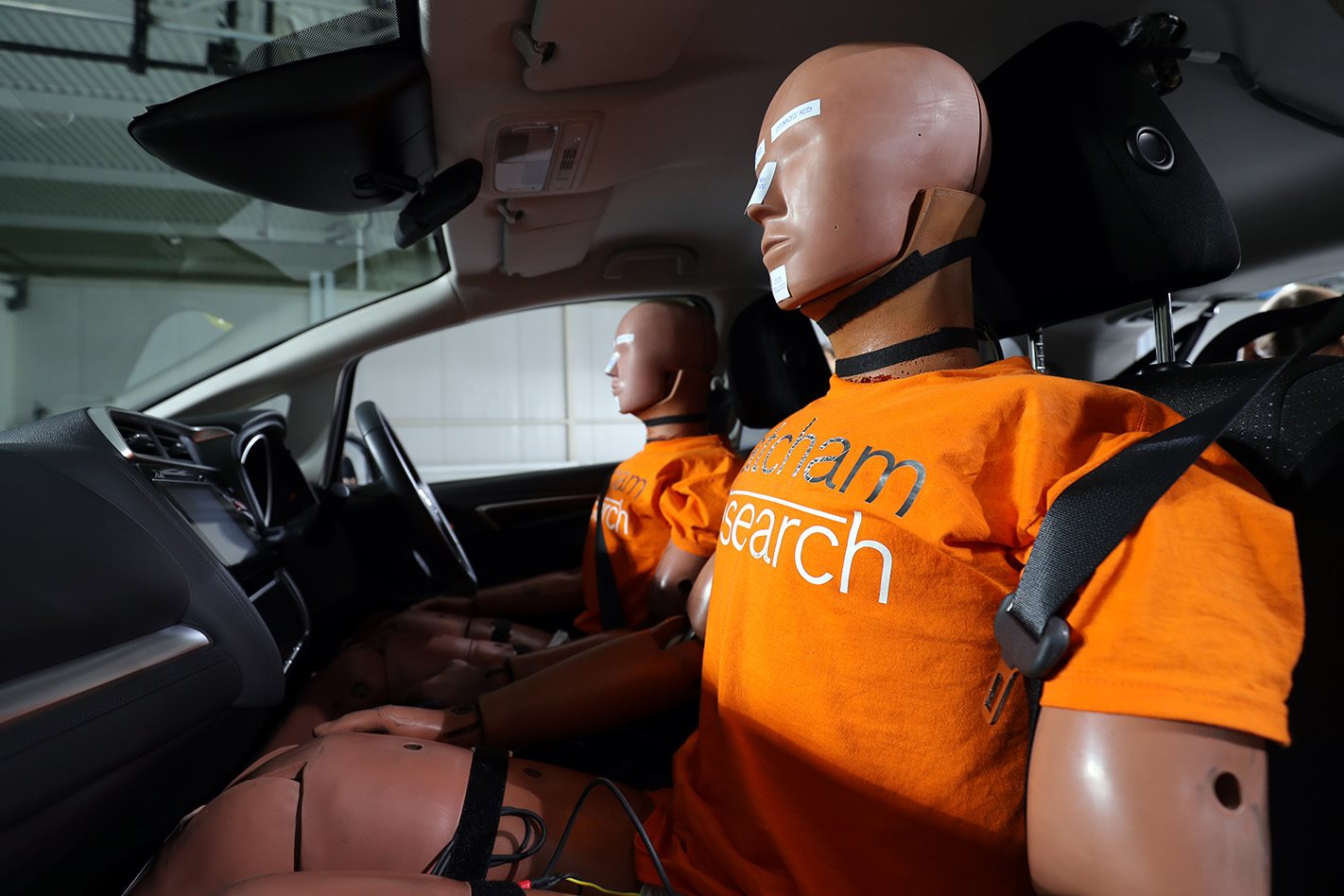
Carmakers, too, may have viewed ANCAP – and similar organisations around the world – as adversarial in the 1990s, when new standards proved difficult to meet.
That’s not the case decades on, where the benefit has been proven, customers continue to place safety high on their list of priorities, and OEMs have been able to factor ANCAP protocols into long-term engineering and product development.
Kia Australia’s general manager of product planning, Roland Rivero, says it’s customers who most value ANCAP.
“For the average punter, safety in totality is a big consideration. Our research came back that it was number two in reasons for purchase,” Rivero tells Wheels.
“We can all have our own opinion about ANCAP, but the customer voice, the market voice is probably the most important of the lot … it’s the market that’s dictating the terms, and as OEMs our job is to sell cars to the greater market, so it’s their voice we’re listening to. It does bring an influential aspect to the purchasing decision.”
It seems you, our readers, agree. Our online survey showed safety is a top priority, with 84 per cent of you saying ANCAP ratings play a factor during purchase.
Readers’ comments on ANCAP ratings included: “I think they’re great. It’s important to have something independent you can refer to” while others were tempered: “A good guide, but not the ‘be-all and end-all’ of car criteria choices.”
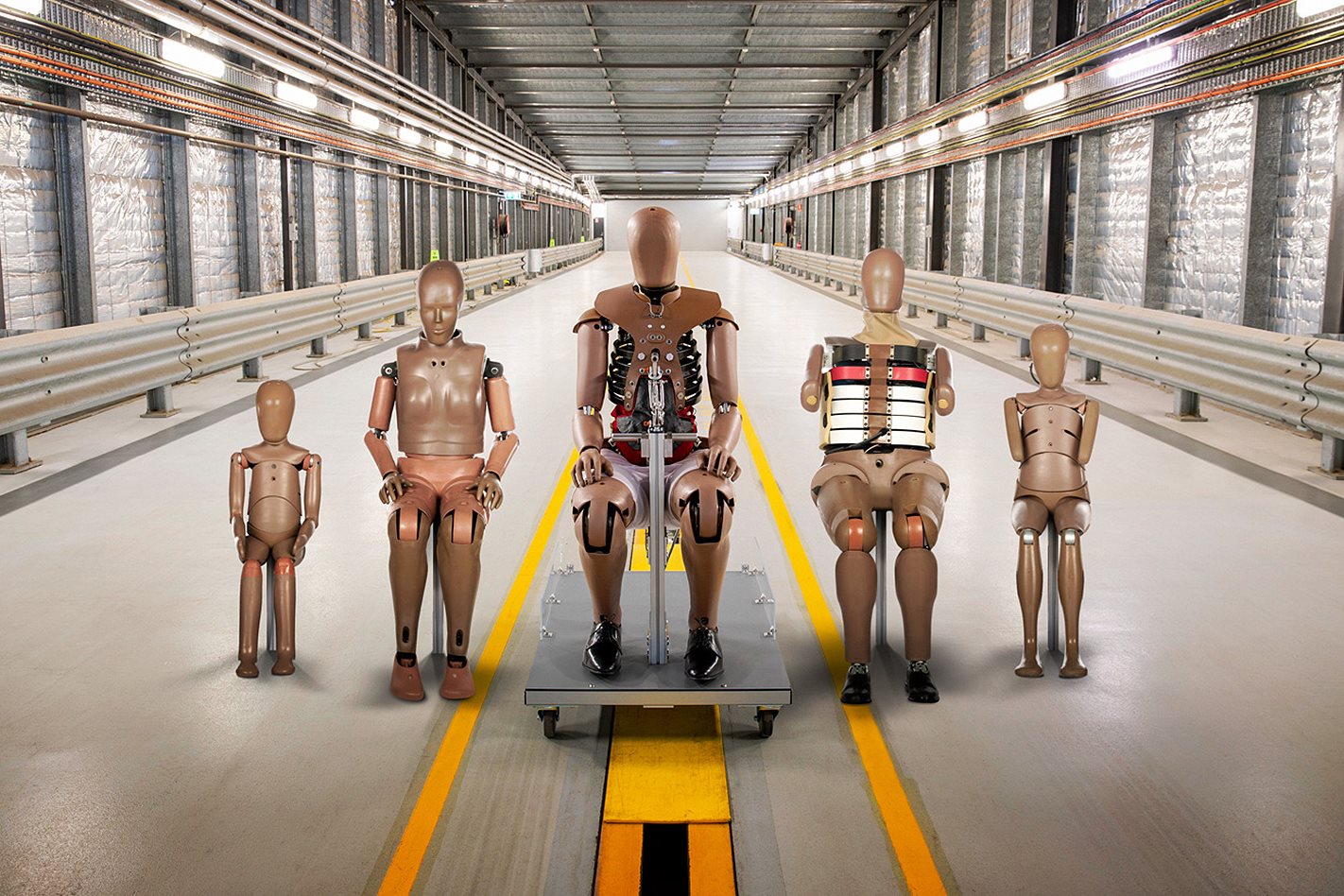
While it sells cars, it’s more about the societal benefits than sales targets for ANCAP.
“The ultimate goal is reducing the number of fatalities and serious injuries,” Hoorweg says. “We’re still seeing significant numbers of people dying on our roads; in Australia last year it was 1125 – that is a lot of people, and then the serious injuries are many more times that. We have a large road network; we have a lot of people driving and I think that’s why ANCAP exists – to try and reduce those numbers.”
Mitsubishi Motors Australia Limited (MMAL) – the subject of the latest controversy surrounding a zero-star rating – also speaks highly of ANCAP’s purpose.
“We see ANCAP playing a valuable role and have full confidence in its testing ability and expertise,” says James Tol, MMAL’s national regulation and certification manager.
“Safety is a priority for our customers, and it’s critical for Mitsubishi to ensure that we continue to provide the safest products and services that we can to Australian buyers … We share and support ANCAP’s vision that Australians should be in the safest vehicles possible.”
How the organisation does that is the subject of debate…
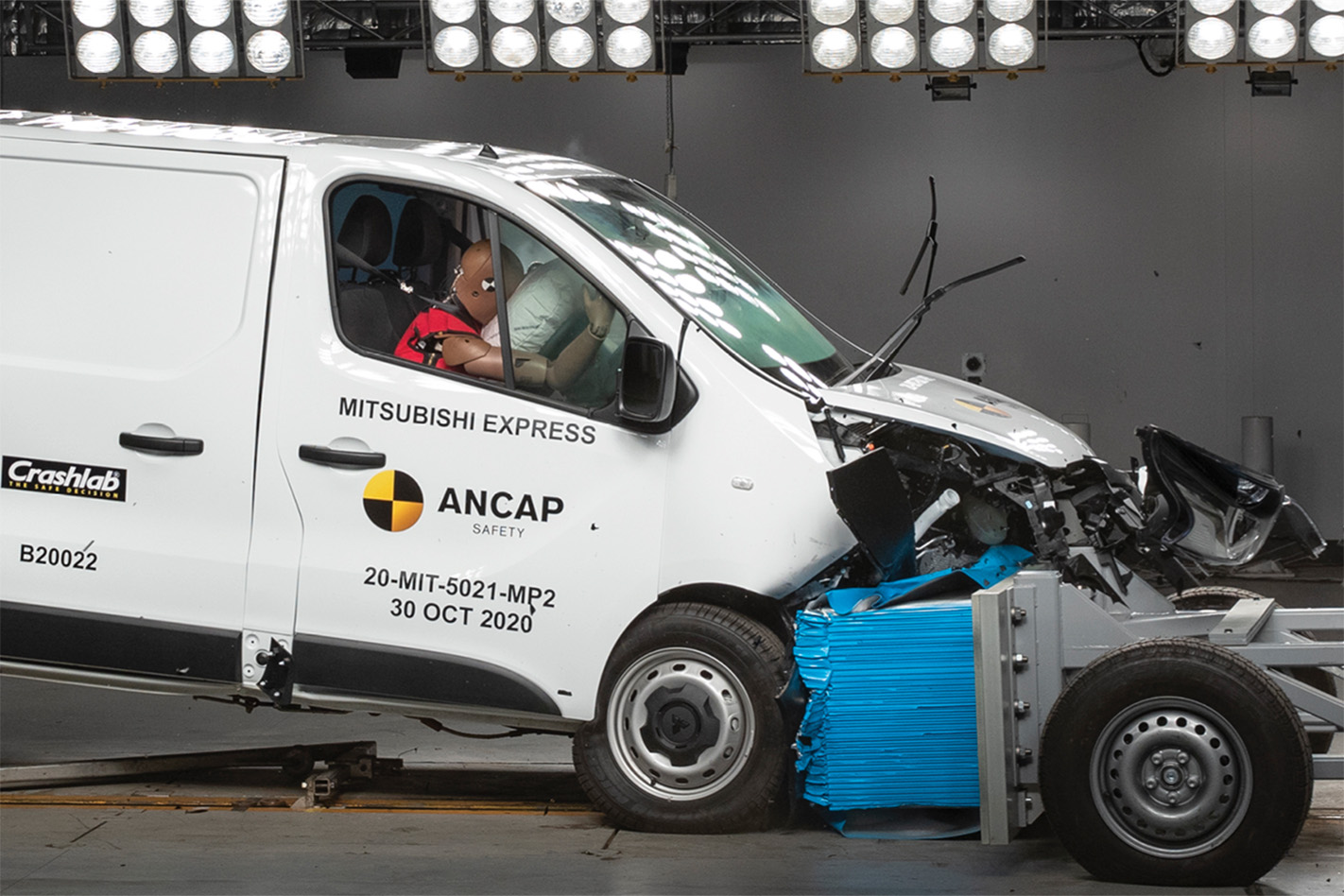
Who are the critics?
New vehicles are safer than ever, yet ANCAP has been the subject of criticism.
Questions around ANCAP’s value have arisen from VW Australia, which has publicly stated that ANCAP isn’t needed for its models, as Euro NCAP covers its local line-up.
Hyundai Australia chose to have its Sonata unrated due to the cost for a relatively small volume model, again raising questions on ANCAP’s importance.
Wheels readers, too, commonly pushed for use of Euro NCAP and question the focus on driver assistance systems, such as AEB, which are mandatory to achieve five stars. “It allows less safe cars to boost ratings by throwing some cheap electronics into a car,” one Wheels respondent said.
Some of the strongest criticism has come not from carmakers or the public, but from the FCAI. In March 2021, it published a scathing media release headed ‘Consistency Should Be ANCAP Priority’ in response to ANCAP’s zero-star result, the first in its history, for the Mitsubishi Express, effectively a badge-engineered Renault Trafic.
“We have a lot of dialogue with ANCAP, but for ANCAP to waste three-quarters-of-a-million dollars on testing when you knew beforehand what the outcome was; a vehicle that sells in relatively small volumes, a vehicle that’s already on the roads but badged by another brand; that’s not the best use of taxpayers’ money,” Weber said.
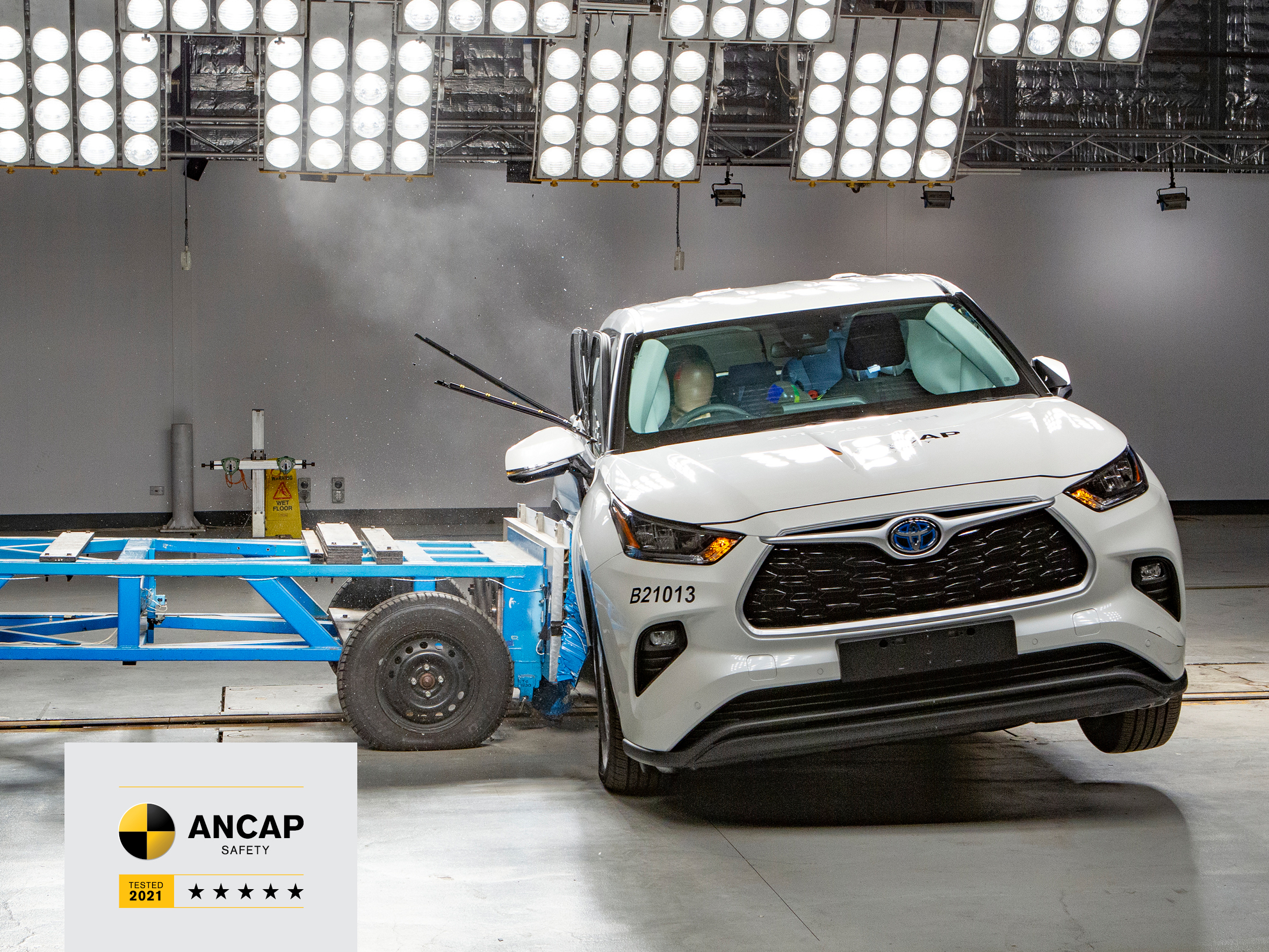
Yet ANCAP is a non-commercial, non-regulatory organisation and its standards aren’t binding – it is merely advisory. It’s not lacking funding or fighting for survival, and has no commercial benefit in ‘punishing’ brands or preferring one over the another.
Questions have been raised about the approach taken with the Express compared to models such as the Kia Stonic, which took the Kia Rio’s ANCAP rating as they share the same platform and regulatory certification.
The difference here is that Kia applied within the two-year submission window ANCAP allows for manufacturers to share ratings of similar models, a time frame missed by Mitsubishi – which is a tad harsh, as the brand didn’t become part of the Renault-Nissan alliance until late 2016.
There’s also an issue around the language of models which ‘fail’ to make five stars: a five-star model is not necessarily the ‘safest’ alongside a newer model which may be rated at four stars, for instance.
This approach impacts many fleet buyers, and comes despite tougher protocols and an increase in crash worthiness that may ultimately make the new model safer. In such cases, the ‘safer’ car doesn’t end up on our roads, in contradiction to ANCAP’s broader mission.
Put to Hoorweg, her response points again to the maximum five-star ratings. “What we would encourage is that you buy a newer five-star rated car … I think it’s pretty clear fleets are demanding five-star rated vehicles, so again it comes back to the manufacturers’ decision commercially around what segment they target.”
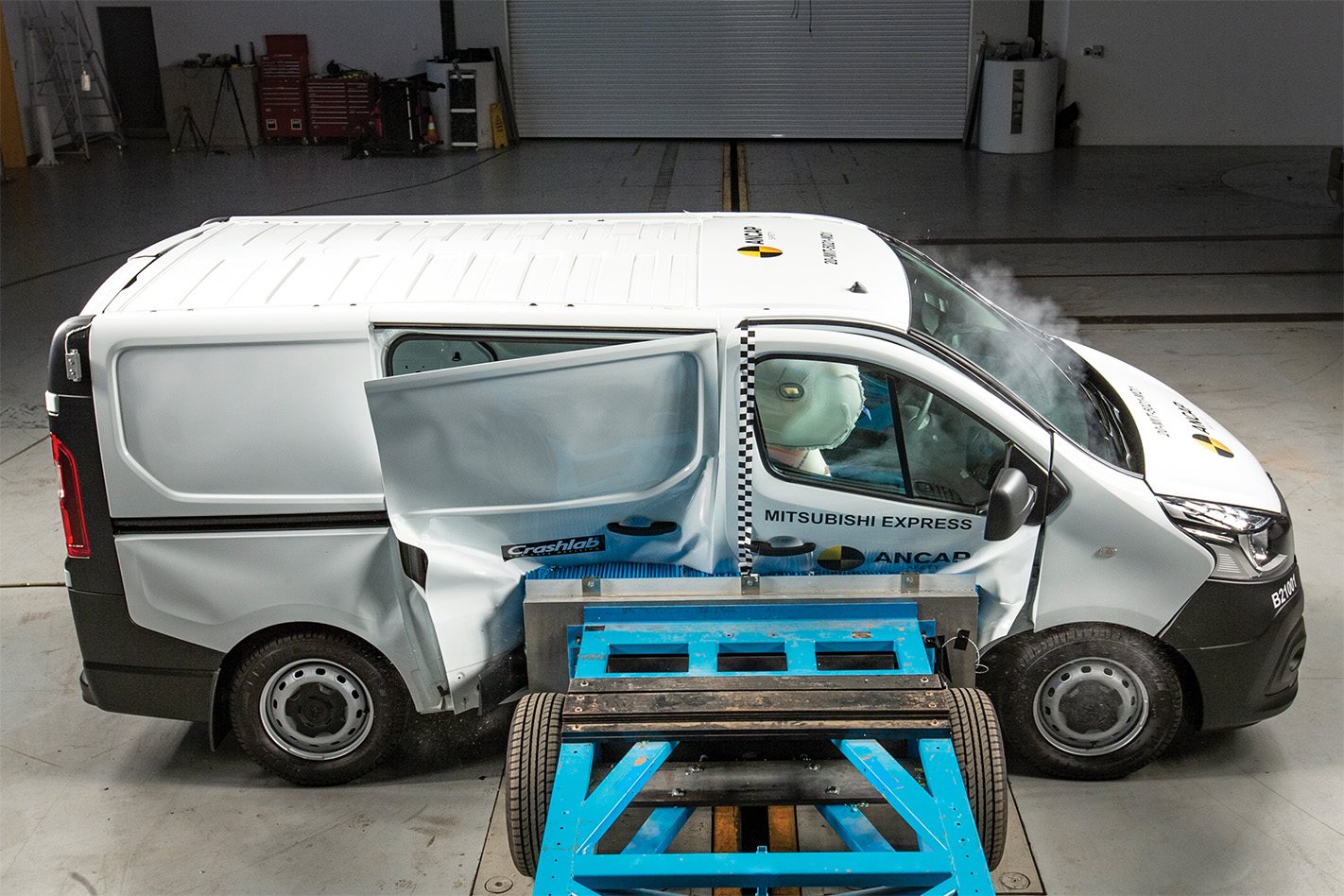
MMAL is supportive of ANCAP with which it says it has a positive relationship. While not commenting on the Express result specifically, it does openly challenge the organisation’s approach.
“With the ever increasing complexity of ANCAP protocols, particularly in Advanced Driving Assistance Systems (ADAS), it is important to ensure consumers are better informed regarding both the occupant safety performance along with the vehicle’s ratings in those areas related to ADAS systems. Something that the single star rating does not do,” says MMAL’s James Tol.
Tol’s comments may reference the Express has, in fact, superior driver protection than the four-star rated Hyundai iLoad and five-star rated Ford Transit, for example, which is lost in the zero-star headline.
“As such, consumers rely on the commentary around the rating in order to be correctly informed regarding both the occupant protection characteristics and the advanced safety performance of a vehicle,” he adds.
Weber sees the rating as a ‘gotcha’ moment. However, Hoorweg defends the test as ANCAP fulfilling its role and says that taking the 2015 rating from Europe was not an option.
“This is a fact that has been missed: the Renault Trafic rated in Europe was a people mover. We can’t assume that the people mover tested in Europe is the same thing and has the same crash performance as the van that came into Australia,” Hoorweg says.
Timing was everything for the Trafic and Express. When a vehicle is tested is as important as the star rating, as testing regimes become ever more complex.
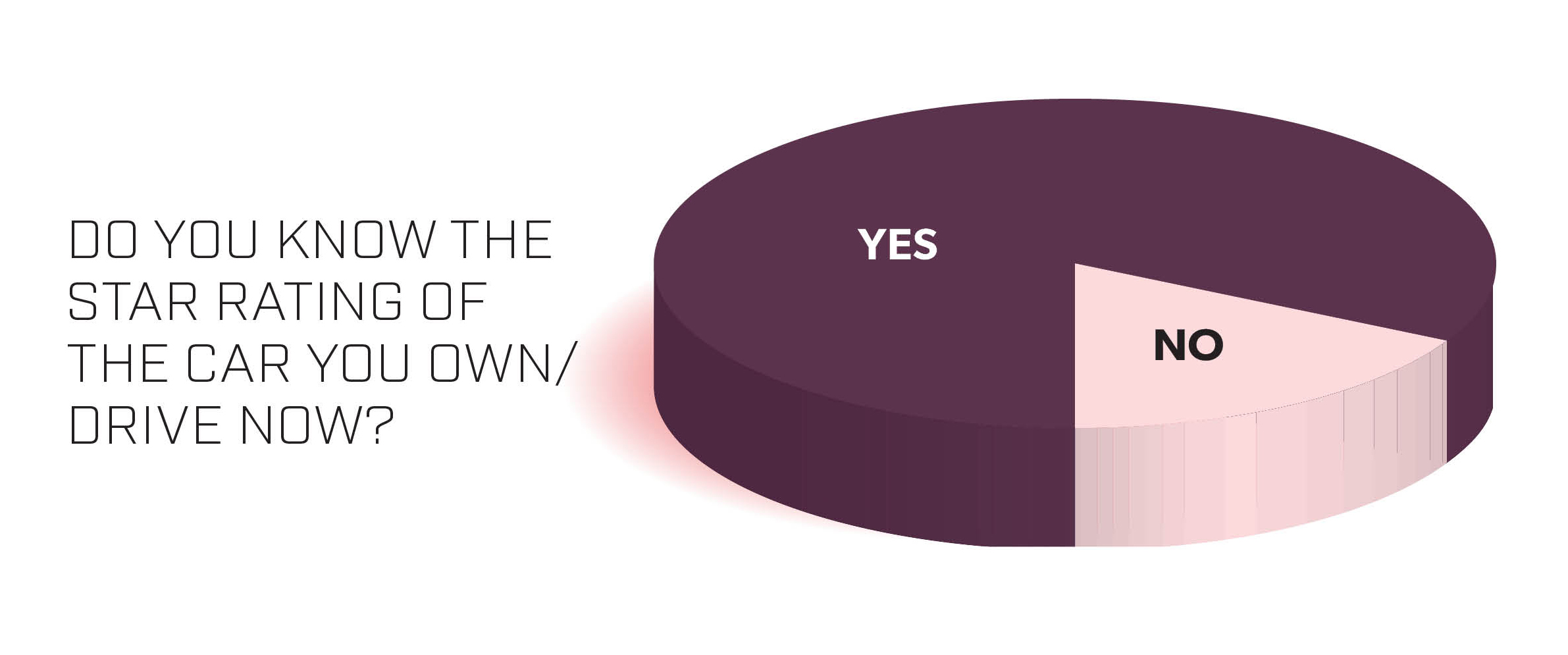
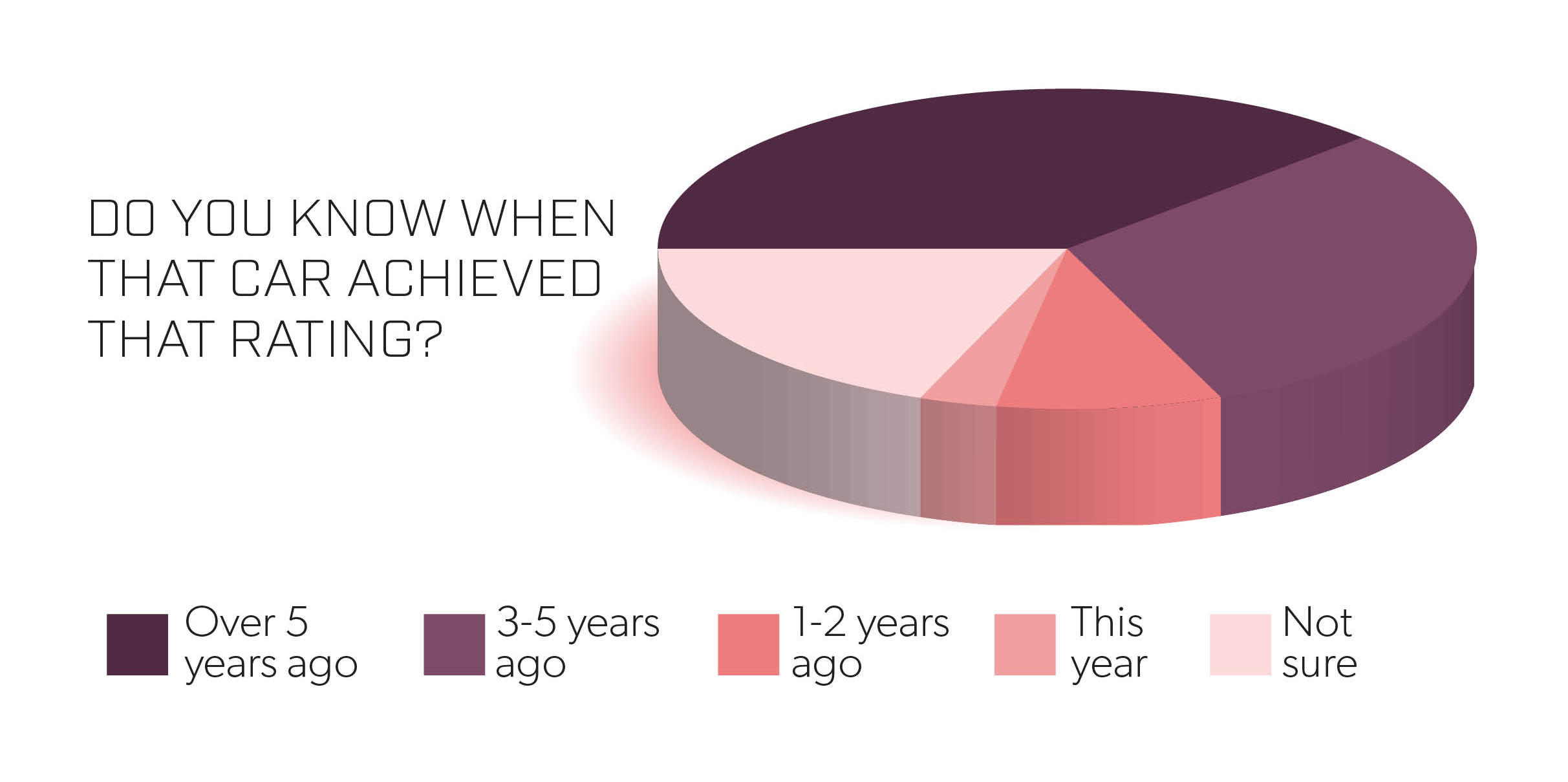
Star gazing
ANCAP’s star ratings are simple: the more, the better. Yet, for the average consumer, it isn’t that straightforward. A five-star model may sit alongside another five-star model tested years ago to different protocols, which means that not all five-star ratings are the same – there are often caveats to each rating.
In 2014, ANCAP introduced date-stamps to counter long-standing ratings for ageing vehicles which would fall well short of the latest testing protocols.
“Consumers should look for the highest number of stars they can find with the most recent date-stamp,” Hoorweg explains. “The date-stamp is the indicator of how recent the rating is and to what standard that vehicle has been tested. The more recent the rating, the higher the standard.”
Hoorweg says the date-stamp and star rating go ‘hand in glove’. The priority, then, is to look at the newest model in your shortlist and take the highest star rating. The push for new vehicles is two-pronged: firstly, more advanced safety features filtering down vehicle segments, and the advancing age of Australia’s fleet.
“Last year, almost 70 per cent of fatalities on our roads occurred in vehicles that were 10 years old or older,” Hoorweg explains.
“We have an average fleet age of just over 10 years [10.4], but the average age of a vehicle involved in a fatality is just over 13 years – there’s a very strong correlation between vehicle age and safety. Reducing the age of the fleet is a really significant way you can reduce fatalities and serious injuries.”
Yet timing is everything: star ratings with date stamps still sit with older ratings, where ‘grandfathering’ enabled a car to carry its rating indefinitely. “This is one of the areas where we are going to be making changes,” Hoorweg admits. “At the moment, I think part of that confusion is coming because there are some old ratings still floating around that are still valid.”
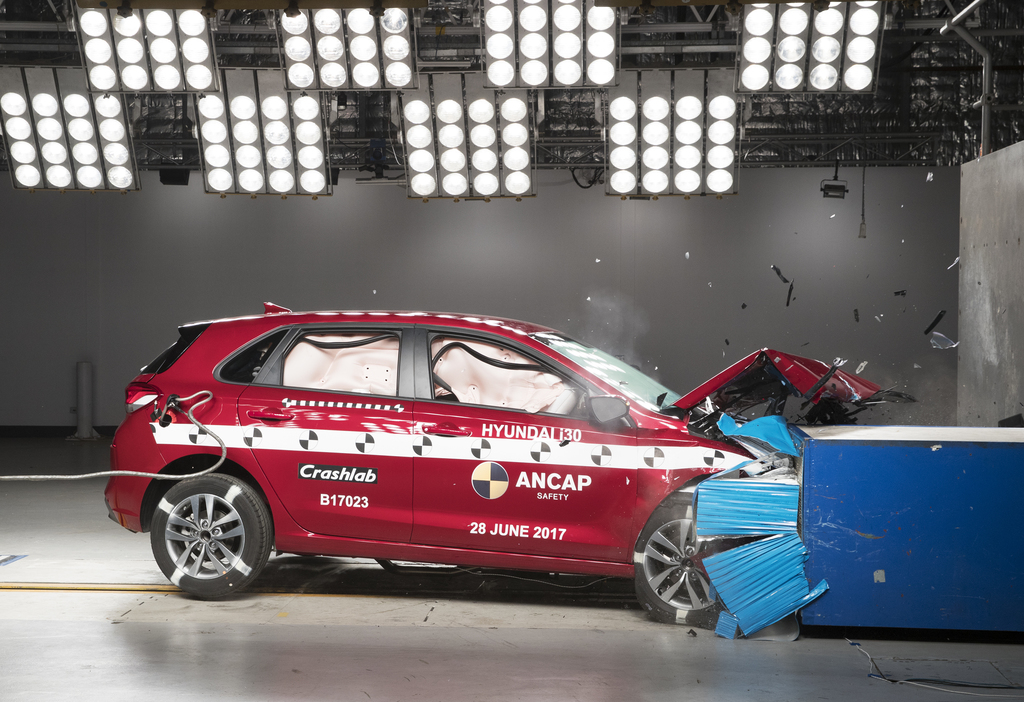

That’s backed up by surveyed readers. The majority of you (82 per cent) know the star rating of the vehicle you drive, and importantly, when it was achieved – a sore point for some.
“ANCAP ratings are excellent, although the star rating when the test is done is misleading,” came one respondent, echoed with comments such as: “it’s difficult to compare old ratings with newer ones.”
ANCAP knows this and is taking steps to remedy it. “The older ratings that don’t have an expiry at the moment, we’ve been working with the industry around how these will be retired in the future,” says Hoorweg.
“What we will end up with is that all ratings will have a six-year validity, so then you’ll be able to see very clearly whether or not the rating is valid or expired.”
Valid or otherwise, there’s still potential confusion on which is safer – a vehicle with a three-year-old five-star rating, or a four-star 2021 test rating?
The Kia Picanto is one such nameplate where the latest model, introduced in 2017, achieved a four-star result against the previous model’s five-star 2013 rating, despite superior crash performance and additional equipment including AEB. No one disagrees that the goalposts should move as safety improves, yet it does make misinterpretation by consumers rife.
The Insurance Institute for Highway Safety (IIHS) in North America doesn’t use a star rating system, but requires vehicles to perform well in all its tests to earn a Top Safety Pick award. “That encourages manufacturers to make sure they cover everything,” David Aylor, Head of Active Safety Testing, says.
“Even below the five-star level, some of the confusion in star ratings is how all of it is added up. Can you get a three-star without even having AEB, or get just a little bit of credit, which I think can sometimes be a little confusing for the customer.”
It was simpler when there was only a single crash test to evaluate. Today, ANCAP has six main tests, which effectively destroy four cars and significantly damage a further two, delivering greater data collection.
Translating results into star ratings will continue, says Hoorweg. “I liken it to Uber: you order an Uber; you have an expectation you’re going to be rating the Uber five stars at the end, right? If you give a four-star rating, it’s not quite what you expected it to be.”
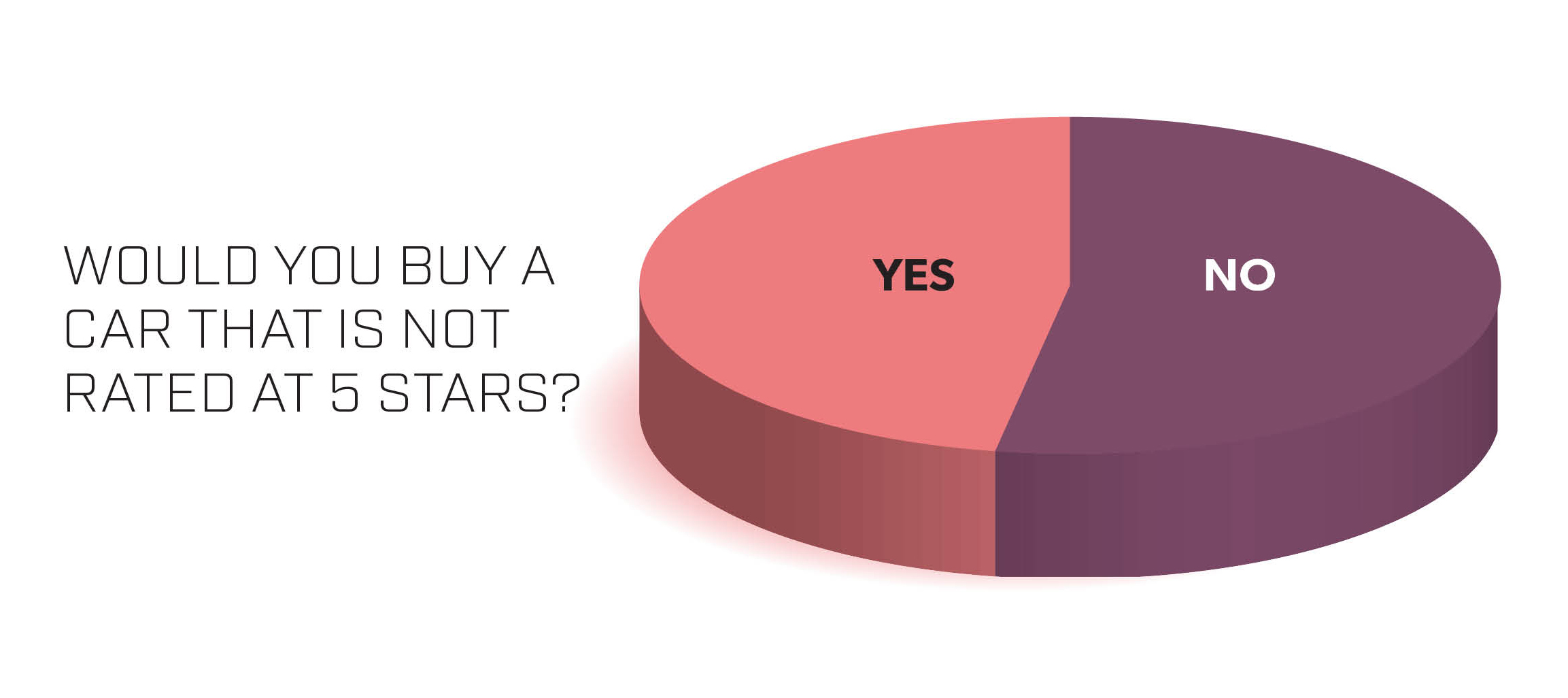
Five stars or bust
Brands which have five-star ratings range-wide include premium makes – Mercedes, BMW, Audi, Volvo – yet there are several mainstream carmakers including Mazda and Toyota which have achieved this. In fact, vehicles that have less than five stars are rare, with only 12 per cent (28 of 235) of vehicles tested since 2015 scoring lower.
Yet the focus on five stars has brought criticism from multiple corners. The FCAI’s Tony Weber fears that the cost of achieving a five-star rating may price some buyers out of new vehicles in future and keep older, less safe models on our roads.
“It’s not safety at all costs; that’s counterproductive,” he says. “If you tell the public that the ambition is five stars, but the cost of it is so high that people can’t afford to buy it, so therefore they keep their five-year-old five-star car, it’s counterproductive to safety.”
Weber also calls for ANCAP to communicate that four-star cars still offer resounding levels of safety, for instance.
That’s apparent with Wheels readers. A significant 53 per cent of you would avoid a new model not rated at five stars when considering your next vehicle purchase. That eliminates models such as the Ford Mustang, Jeep Wrangler and Gladiator from shopping lists – as well as unrated models such as the Toyota Yaris GR, Hyundai Sonata and quintessential Porsche 911.
In contrast, carmakers know the upcoming protocols, and it’s up to them how they equip their vehicles, says Hoorweg. “It’s a commercial decision for manufacturers which markets they’re going to target … consumers expect, consistently, that their new car is going to be the safest vehicle that they can possibly get.”
Safety sells, and automotive marketing and PRs know it.
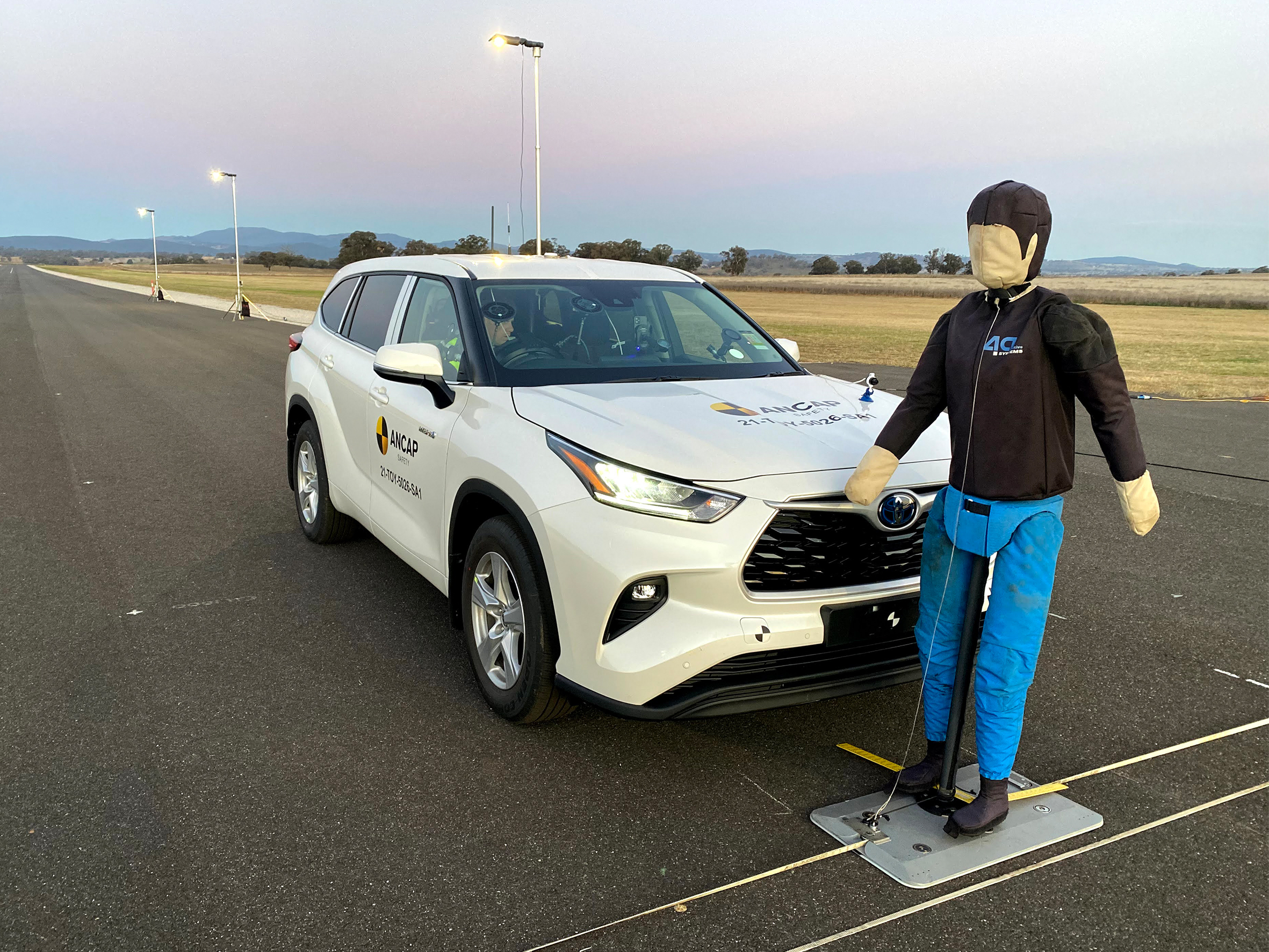
Yet Weber and the FCAI suggest the language around vehicles that don’t achieve five stars – especially those rated at four stars – needs to change.
“We address that by working as a society together, so bringing the road safety people and the car industry together to agree about what technologies need to go into making a five-star car in the future, rather than having an approach that’s authoritarian and the regulator says ‘if you can’t jump this bar then it’s not five star’,” he says, adding that the Euro NCAP language is far more supportive of OEMs and less combative than what he calls ANCAP’s ‘headline seeking’ approach.
That’s something echoed, in part, by Mitsubishi.
“Continuing to deride any vehicle that achieves a sub five-star result will begin to undermine ANCAP’s future relevance,” says Tol. “A very safe vehicle may not necessarily achieve a five-star rating in the future on the basis of ratings related to the provision of advanced systems.
“A five-star vehicle today may be a three or four-star vehicle based on 2023 protocols. Such a vehicle will remain a very safe vehicle, and may be an affordable and safe choice for a consumer in 2023.”
Hoorweg rejects the notion that ANCAP is ‘five stars or nothing’ and that its language is anti-OEM. Moreover, ANCAP is non-regulatory so, by definition, it cannot be authoritarian.
“I don’t think we attack vehicles. I think even when you look at the Mitsubishi Express language, I think that was quite tempered, it was quite factual,” she says candidly. “It’s about providing facts and information to people, not coloured judgements.”
What does the future hold?
There’s no argument that safer roads and safer vehicles for the common good benefit society as a whole. ANCAP’s role is clear and distinct in plugging the gaps for models not sold in Europe – or where specification on those tested in Europe differs.
Global harmonisation, ideal in theory, ignores local sensitivities such as crash types, journey distances and road conditions that serve up unique scenarios – think Holden’s kangaroo dummy in the 1990s or Chinese customer’s rear-seat preference.
ANCAP plays a crucial role in keeping local issues in check, and although it sparks debate around how the message is communicated, there’s no argument against the benefits it brings to consumers.
It has delivered improvements in technology, and manufacturers clearly see value in these – car makers rarely fit items that they think customers don’t want.
ANCAP’s requirements have also seen carmakers reject models which may score poorly here. While advancing vehicle safety, the challenge for Hoorweg and ANCAP is distilling the complexities of increasingly advanced vehicles to the consumer. That’s the ultimate test.
We recommend
-
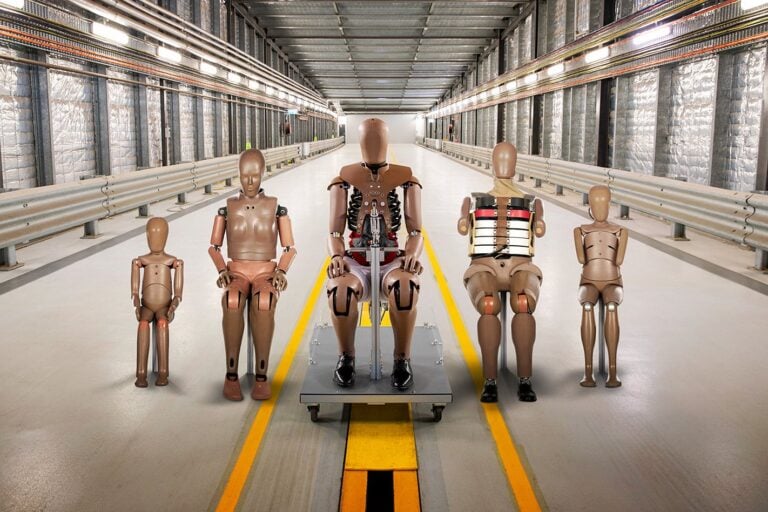 Advice
AdviceANCAP crash testing explained
We unpick the ANCAP Safety Rating and find out how it's assessed and why it’s so important
-
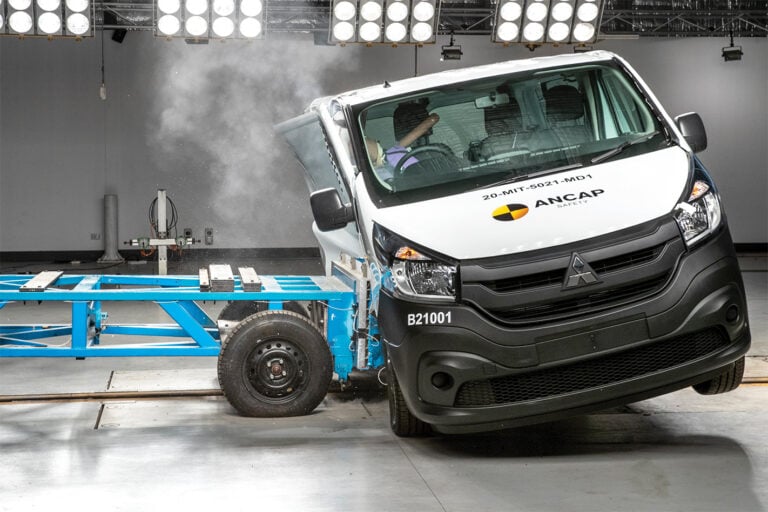 News
NewsShock zero-star ANCAP rating for Mitsubishi Express van
The rebadged Renault Trafic underwent the latest ANCAP testing resulting in an all-time low rating
-
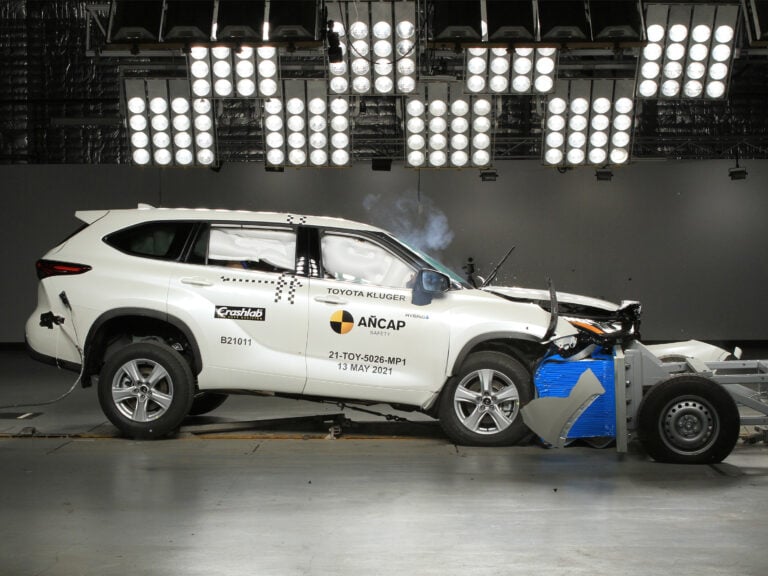 News
NewsNew Toyota Kluger achieves 5-star ANCAP safety rating
Japanese brand’s family SUV scores top marks in safety tests





